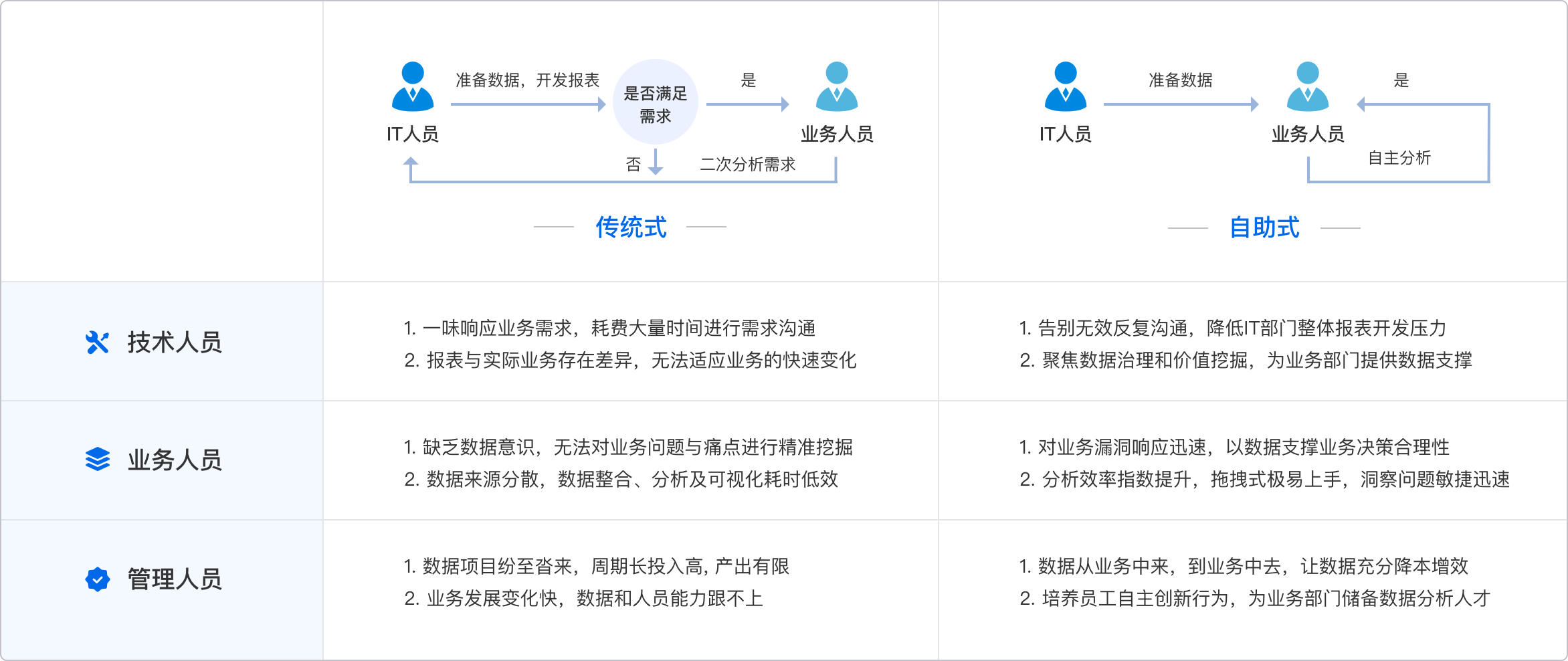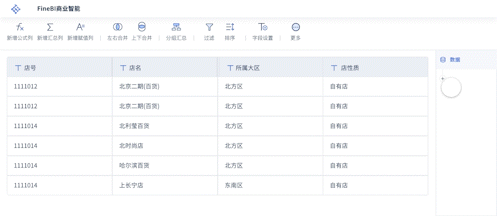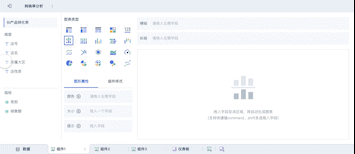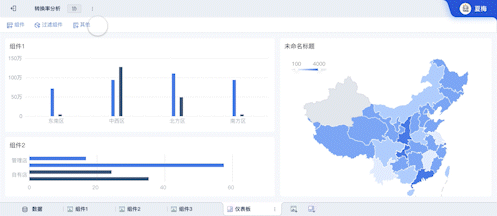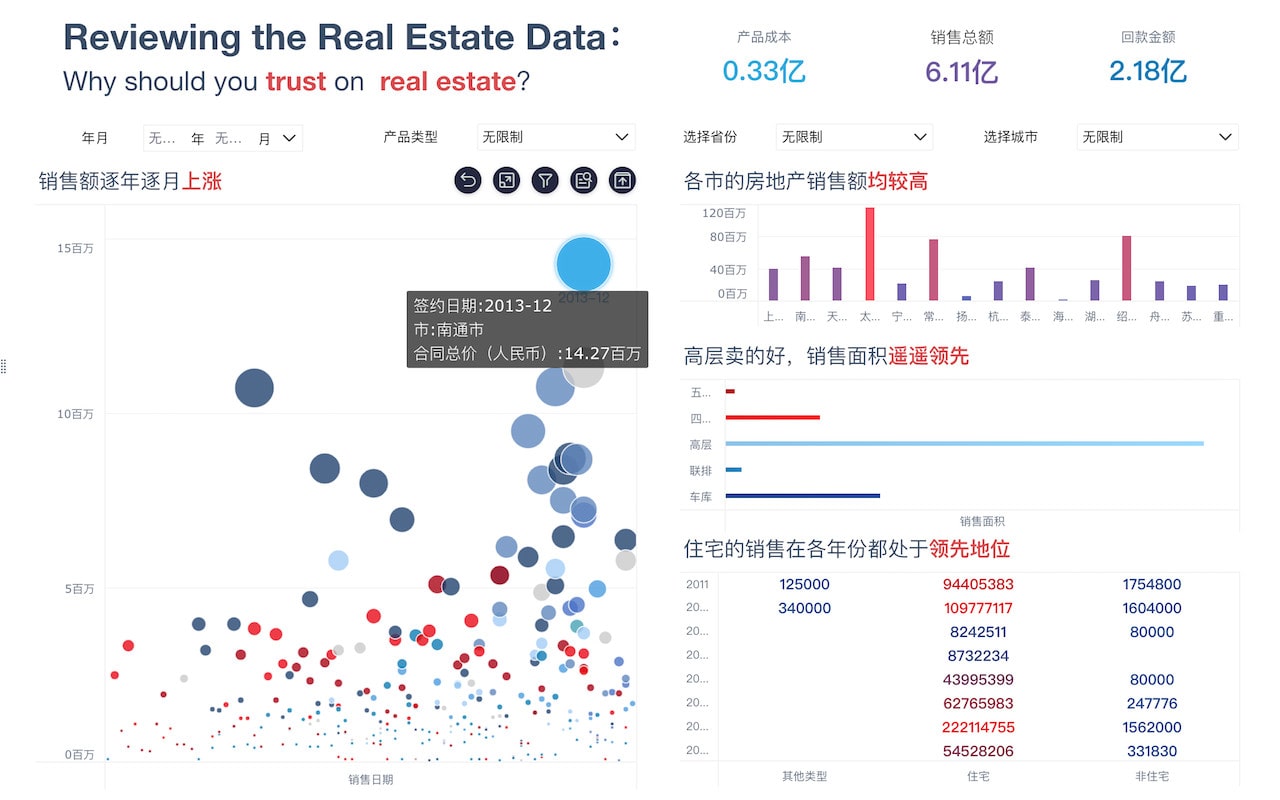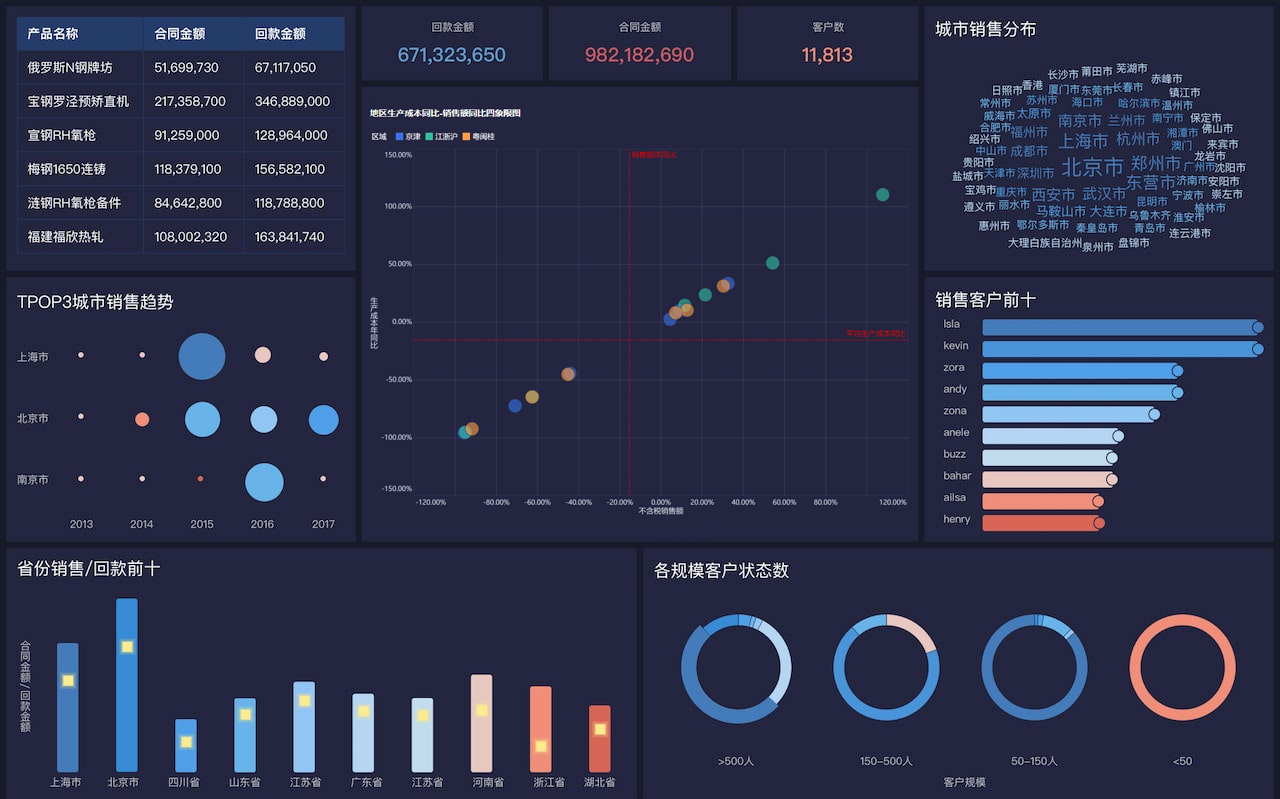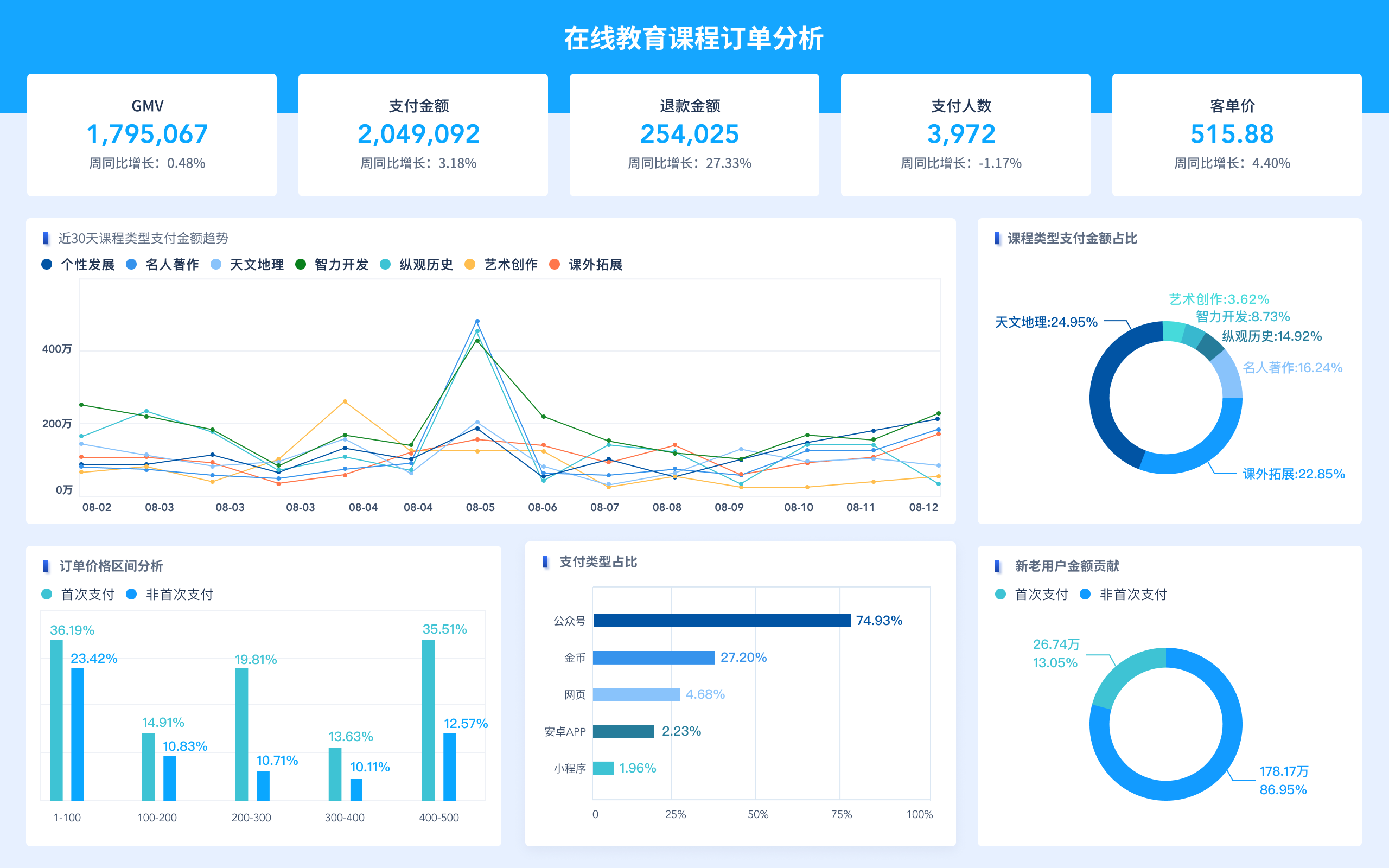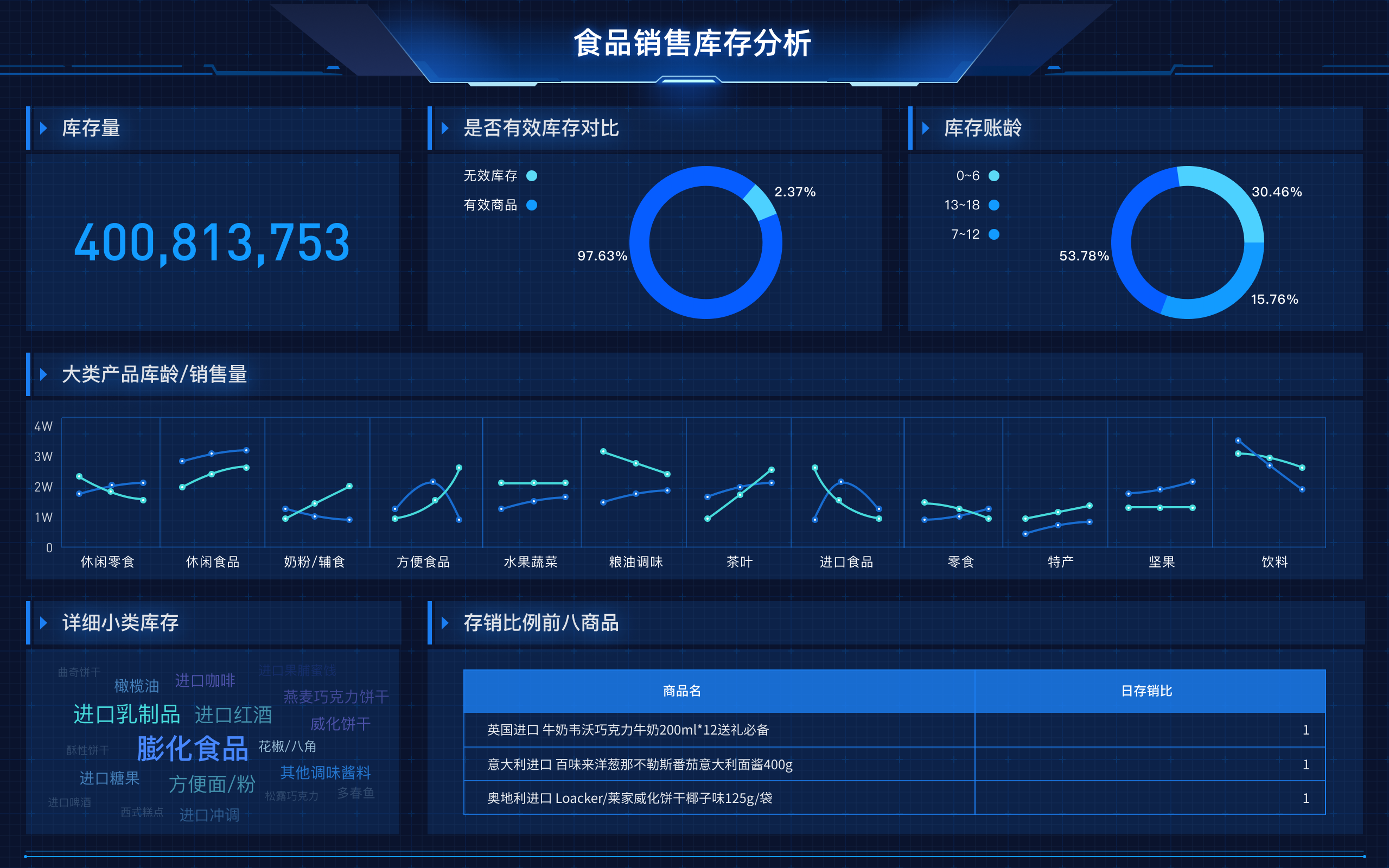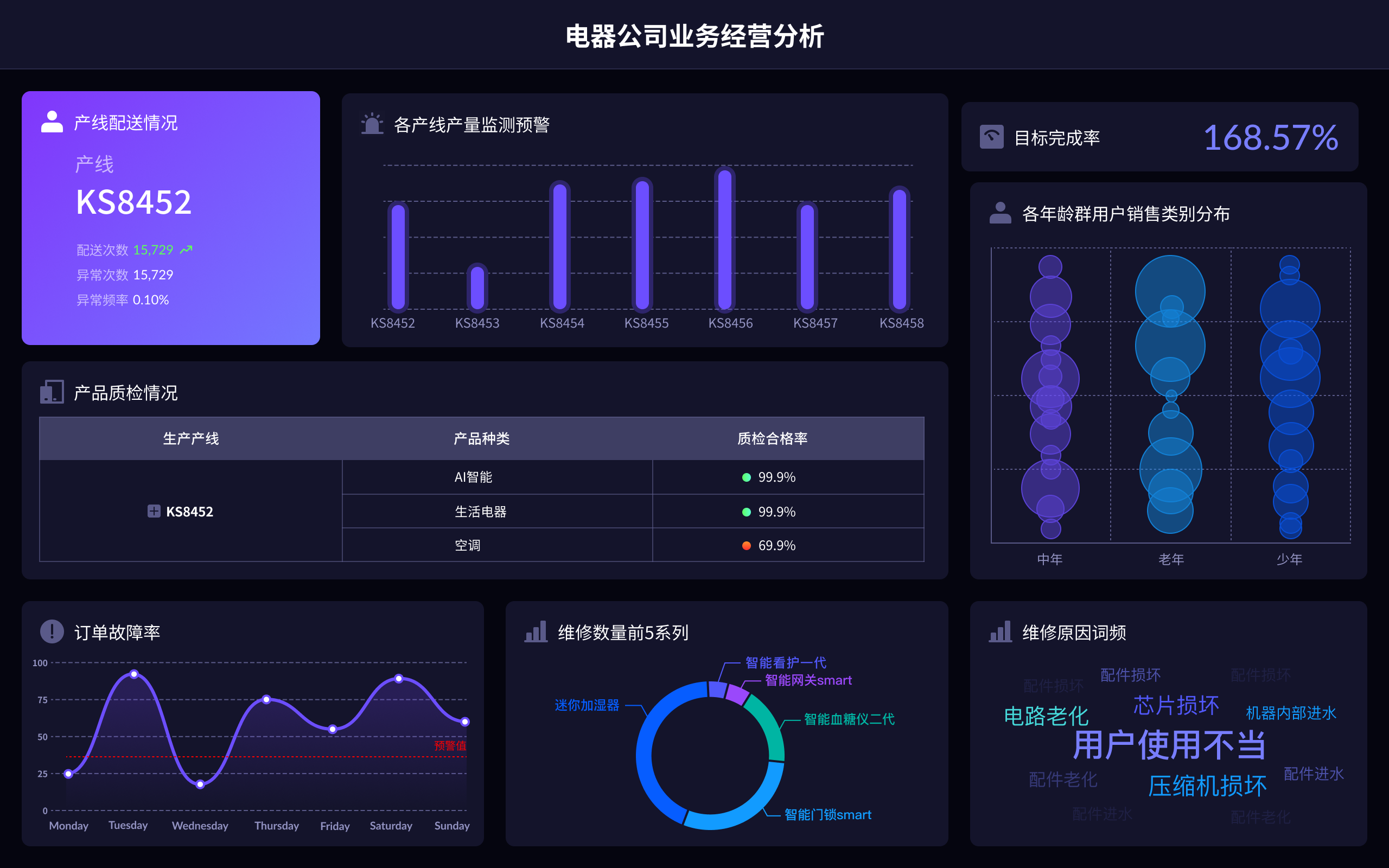
Data mining is the English term for 数据挖掘. Data mining refers to the process of discovering patterns, correlations, and trends through analyzing large amounts of data using statistical and computational techniques. One crucial aspect of data mining is that it allows businesses to transform raw data into valuable insights, which can lead to better decision-making and strategic planning. For instance, in the retail industry, data mining can analyze customer purchase histories to identify buying patterns, which helps in optimizing inventory management and tailoring marketing strategies to individual customer preferences.
一、定义和概述
Data mining is an essential aspect of the broader field of data science, which involves extracting useful information from vast datasets. It employs techniques from machine learning, statistics, and database systems to analyze data and find patterns. The ultimate goal of data mining is to predict future trends and behaviors, allowing organizations to make proactive, knowledge-driven decisions. The process of data mining involves several stages, including data cleaning, data integration, data selection, data transformation, data mining itself, pattern evaluation, and knowledge presentation. These stages ensure that the data used is of high quality and that the results are accurate and actionable.
二、数据挖掘的步骤
The data mining process can be broken down into several key steps:
1. Data Cleaning: This is the first step where the data is prepared for mining. It involves removing noise and inconsistencies from the data to improve its quality. This step is crucial because the quality of the input data directly affects the quality of the output.
2. Data Integration: In this step, data from multiple sources is combined into a coherent dataset. This could involve merging databases, data warehouses, or other data storage systems.
3. Data Selection: Here, relevant data is selected from the integrated dataset. Not all data is useful for every mining objective, so selecting the right subset is essential for effective analysis.
4. Data Transformation: This step involves converting data into an appropriate format for mining. Techniques such as normalization, aggregation, and generalization might be used to prepare the data.
5. Data Mining: This is the core step where various algorithms and techniques are applied to extract patterns and insights from the data. Techniques such as classification, clustering, regression, and association rule learning are commonly used.
6. Pattern Evaluation: Once patterns are discovered, they need to be evaluated to determine their significance and usefulness. This involves assessing the patterns against certain criteria to ensure they are valid and actionable.
7. Knowledge Presentation: The final step is to present the mined knowledge in an understandable and usable format. This could involve visualization techniques, reports, or dashboards that help stakeholders interpret and use the insights effectively.
三、数据挖掘技术
Several techniques are commonly used in data mining:
1. Classification: This technique involves assigning items in a dataset to predefined categories or classes. Algorithms such as decision trees, support vector machines, and neural networks are often used for classification tasks.
2. Clustering: Clustering groups similar items together based on certain characteristics. This technique is often used to segment markets or group similar customers together. K-means and hierarchical clustering are popular clustering algorithms.
3. Regression: Regression is used to predict a continuous value based on the relationships between variables. Linear regression and logistic regression are commonly used techniques in this category.
4. Association Rule Learning: This technique identifies interesting relationships between variables in large datasets. Market basket analysis, which finds associations between products bought together, is a common application.
5. Anomaly Detection: This involves identifying unusual data points that do not conform to the expected pattern. This technique is used in fraud detection, network security, and fault detection.
6. Sequence Analysis: This technique looks for patterns or trends in sequences of data over time. It is often used in analyzing time series data, such as stock prices or weather patterns.
四、数据挖掘的应用
Data mining has a wide range of applications across various industries:
1. Retail: Retailers use data mining to understand customer behaviors, optimize inventory, and develop targeted marketing campaigns. By analyzing purchase histories and customer demographics, retailers can offer personalized promotions and improve customer satisfaction.
2. Finance: Financial institutions use data mining to detect fraudulent activities, assess credit risks, and manage customer relationships. Predictive models can help in identifying high-risk customers and in creating personalized financial products.
3. Healthcare: In healthcare, data mining is used to predict disease outbreaks, improve patient care, and manage healthcare resources. By analyzing patient records and treatment outcomes, healthcare providers can develop better treatment plans and improve the quality of care.
4. Manufacturing: Manufacturers use data mining to predict equipment failures, optimize production processes, and manage supply chains. Predictive maintenance models can reduce downtime and improve efficiency.
5. Telecommunications: Telecommunication companies use data mining to understand customer churn, optimize network performance, and develop new services. Analyzing call records and usage patterns helps in retaining customers and improving service quality.
6. Marketing: Data mining helps in segmenting customers, predicting customer lifetime value, and optimizing marketing campaigns. By analyzing customer interactions and feedback, marketers can create more effective strategies and improve ROI.
7. Government: Governments use data mining to detect fraud, analyze social programs, and improve public services. Analyzing crime patterns and social media data helps in making informed policy decisions.
五、数据挖掘的挑战
Despite its benefits, data mining faces several challenges:
1. Data Quality: Poor quality data can lead to inaccurate results. Ensuring data is clean, accurate, and complete is a significant challenge.
2. Data Privacy: Protecting sensitive information while mining data is crucial. Implementing data privacy measures and complying with regulations is essential to prevent data breaches.
3. Scalability: Handling large volumes of data efficiently is a challenge. Developing scalable algorithms that can process big data is necessary for effective data mining.
4. Integration: Integrating data from multiple sources can be complex. Ensuring the data is compatible and can be merged correctly is a significant challenge.
5. Interpretability: Making the results of data mining understandable and actionable is crucial. Developing intuitive visualization tools and presentation methods is essential for effective knowledge dissemination.
6. Dynamic Data: Data is constantly changing, and keeping data mining models up-to-date is a challenge. Developing adaptive algorithms that can handle dynamic data is necessary.
7. Ethical Issues: Data mining can raise ethical concerns, such as bias and discrimination. Ensuring that the data mining process is fair and unbiased is crucial for ethical data mining practices.
六、未来趋势
The future of data mining is promising, with several trends shaping its development:
1. Artificial Intelligence Integration: Integrating AI with data mining will enhance its capabilities. AI can help in developing more sophisticated algorithms and improving the accuracy of predictions.
2. Real-Time Data Mining: The demand for real-time data analysis is increasing. Developing techniques for real-time data mining will enable organizations to make timely decisions.
3. Big Data Technologies: The rise of big data technologies will revolutionize data mining. Tools like Hadoop and Spark will enable the processing of massive datasets more efficiently.
4. Automated Data Mining: Automation will make data mining more accessible. Developing automated tools will enable non-experts to perform data mining tasks effectively.
5. Enhanced Data Visualization: Improved data visualization techniques will make the results of data mining more interpretable. Interactive and intuitive visualizations will help stakeholders understand and use the insights effectively.
6. Privacy-Preserving Data Mining: Ensuring data privacy will remain a priority. Developing techniques for privacy-preserving data mining will enable organizations to extract insights without compromising sensitive information.
7. Industry-Specific Solutions: Customized data mining solutions for specific industries will become more prevalent. Tailoring data mining techniques to address industry-specific challenges will enhance its effectiveness.
Data mining is a powerful tool that enables organizations to extract valuable insights from vast amounts of data. By understanding its techniques, applications, challenges, and future trends, businesses can harness the power of data mining to make informed decisions and drive strategic growth.
相关问答FAQs:
数据挖掘用英文怎么说?
数据挖掘在英文中称为“Data Mining”。这个术语广泛用于统计学、机器学习和数据库领域,指的是从大量数据中提取有用信息和知识的过程。数据挖掘涉及多种技术和方法,包括分类、聚类、回归分析和关联规则学习等。这些技术帮助企业和研究人员发现数据中的潜在模式和趋势,从而做出更明智的决策。
数据挖掘的应用有哪些?
数据挖掘的应用范围非常广泛,涵盖了多个行业和领域。在商业领域,企业利用数据挖掘技术来分析消费者行为,进行市场细分,优化产品推荐,从而提高销售和客户满意度。在金融行业,数据挖掘被用于信用评分、欺诈检测和风险管理。在医疗领域,研究人员通过数据挖掘分析患者数据,发现疾病模式,提高治疗效果。此外,社交媒体、电子商务、制造业等各个领域也在利用数据挖掘技术进行决策和优化。
数据挖掘的过程是怎样的?
数据挖掘的过程通常包括几个关键步骤。首先,数据收集是基础,涉及从各种来源获取数据,例如数据库、文件和网络。接下来,数据预处理至关重要,这一阶段包括数据清洗、数据集成、数据变换等,以确保数据质量。之后,选择合适的挖掘技术和算法来分析数据。数据挖掘后,结果需要进行评估和解释,以确定其有效性和实用性。最后,挖掘出的知识可以应用于实际业务中,推动决策和策略的制定。
本文内容通过AI工具匹配关键字智能整合而成,仅供参考,帆软不对内容的真实、准确或完整作任何形式的承诺。具体产品功能请以帆软官方帮助文档为准,或联系您的对接销售进行咨询。如有其他问题,您可以通过联系blog@fanruan.com进行反馈,帆软收到您的反馈后将及时答复和处理。


